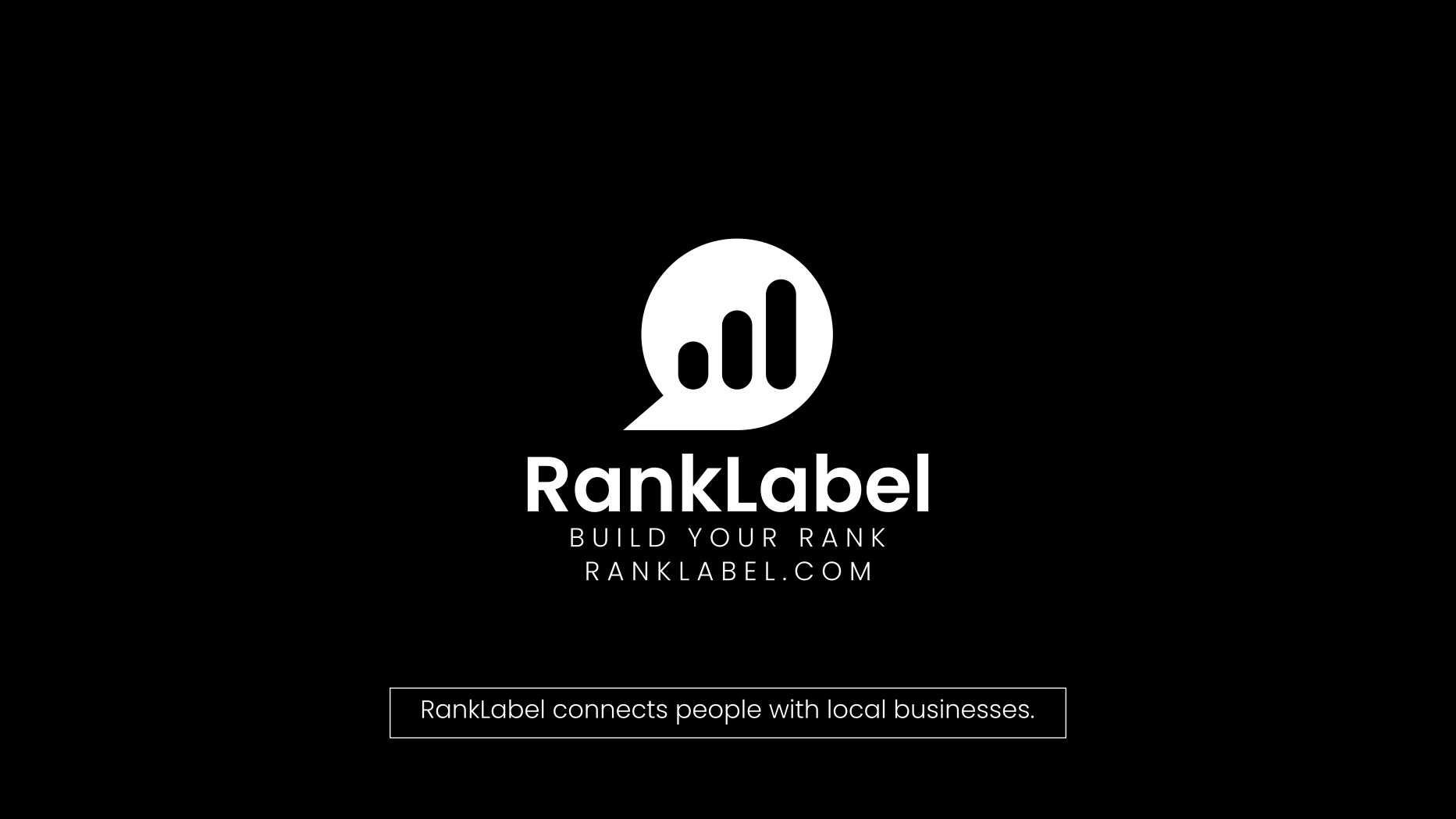The Integration of 3D Printing in Prototype Development Services: Transforming Robotics and Jewelry Industries

The advent of 3D printing technology has revolutionized various industries by providing more flexibility, reducing costs, and shortening the time frames for product development. Prototype development services have particularly benefitted, allowing designers and engineers to overcome traditional manufacturing limitations. This technology's impact is notably profound in sectors such as robotics and jewelry, where precision, customization, and innovation are crucial. In this detailed exploration, we will delve into how 3D printing is reshaping these industries through enhanced prototype development services.
The Essential Role of 3D Printing in Prototype Development Services
Prototype development services are crucial in turning ideas into tangible products. This process helps innovators identify design flaws, test functionality, and gauge market response before full-scale production. 3D printing, also known as additive manufacturing, has emerged as a key player in this field. It builds objects layer by layer according to digital 3D models, minimizing waste and allowing for complex geometries.
The versatility of 3D printing means that it can use a variety of materials, from plastics and metals to resin and composites, making it suitable for a wide range of applications. This capability is particularly beneficial in industries where material properties are critical to the product's functionality, such as in robotics and jewelry.
3D Printing for Robotics: Pioneering Innovations
Robotics is an industry that constantly seeks advancements in technology to create more efficient, durable, and sophisticated machines. Here, 3D printing shines by offering rapid prototyping capabilities that speed up the development process and reduce costs.
- Complex Part Design: Traditional manufacturing methods can limit the design of robot parts due to their inability to handle intricate details or unconventional shapes. 3D printing eliminates these limitations, enabling the creation of complex components that are both lighter and stronger.
- Material Diversity: With the ability to print using materials that range from titanium to flexible polymers, developers can produce parts tailored to specific functional requirements of robots, such as heat resistance, electrical conductivity, or aesthetic appearance.
- Speed: In an industry where development speed can be a critical competitive advantage, 3D printing allows for rapid iteration of designs. Engineers can test and refine prototypes in a fraction of the time it would take with traditional methods.
- Cost-Effectiveness: Reducing the need for expensive tooling and minimizing material waste, 3D printing can be a cost-efficient solution, especially for small production runs typical of bespoke or highly specialized robots.
The integration of 3D printing into robotic prototype development not only streamlines the manufacturing process but also opens up new possibilities for innovation and functionality that were previously unimaginable.
3D Printing for Jewelry: Crafting Beauty with Precision
In the world of jewelry making, where customization and intricacy play a significant role, 3D printing has become a transformative tool. It provides jewelers the freedom to push creative boundaries and produce pieces that are both complex and unique without the constraints of traditional manufacturing techniques.
- Customization: 3D printing allows for easy adjustments and customizations at no additional cost, which is perfect for creating personalized jewelry or limited-edition pieces.
- Precision: Fine details that are difficult to achieve with conventional methods can be precisely printed with 3D printers, allowing for intricate designs and flawless repeatability.
- Material Options: Modern 3D printers can handle a variety of materials commonly used in jewelry, such as metals, ceramics, and high-detail resins, offering designers more creative freedom.
- Efficiency and Sustainability: By building objects layer by layer, 3D printing reduces material waste, which is especially valuable in an industry that often works with expensive materials like gold and platinum.
The adoption of 3D printing in jewelry not only enhances the aesthetic attributes of the pieces but also contributes to sustainable practices by minimizing waste during the production process.
Challenges and Future Prospects in 3D Printing for Prototype Development
Despite its numerous benefits, 3D printing also presents challenges that must be addressed to fully exploit its potential in prototype development. Issues such as limited material properties, slower production speeds for larger quantities, and the initial cost of 3D printing equipment can be deterrents. However, ongoing innovations and advancements in 3D printing technology continue to broaden its applications and reduce these limitations.
Looking ahead, the future of 3D printing in prototype development services looks promising. With advancements in material science, machine efficiency, and software capabilities, it is set to become even more essential in industries like robotics and jewelry. Companies that continue to adopt and invest in 3D printing technologies will likely find themselves at the forefront of their respective markets, benefiting from the ability to rapidly prototype and customize innovative products.
In conclusion, 3D printing is significantly altering the landscape of prototype development services, providing unparalleled advantages in the robotics and jewelry sectors. As technology progresses, it will continue to empower designers, engineers, and businesses to realize their creative visions and meet market demands with greater agility and efficiency.
Conclusion
The integration of 3D printing into prototype development services represents a significant technological shift, driving innovation in fields as diverse as robotics and jewelry. By allowing for more complex designs, rapid prototyping, and a reduction in costs and waste, 3D printing is not just a tool but a fundamental component of modern manufacturing processes. As we look to the future, the continued evolution of this technology promises even greater transformations in how we create and conceive new products.











